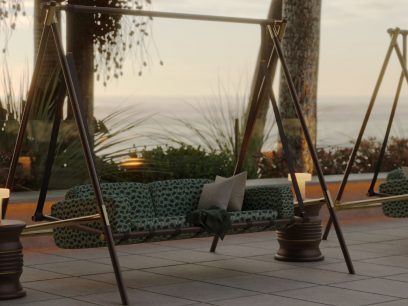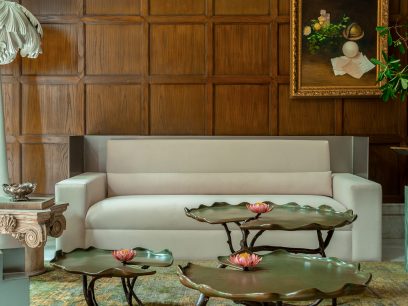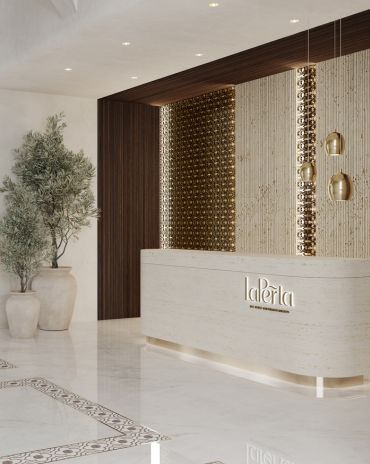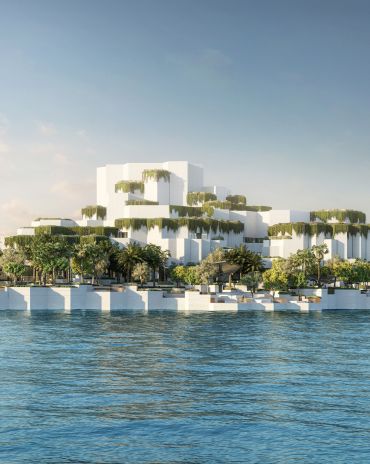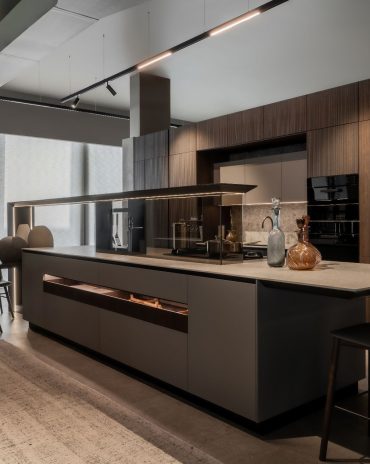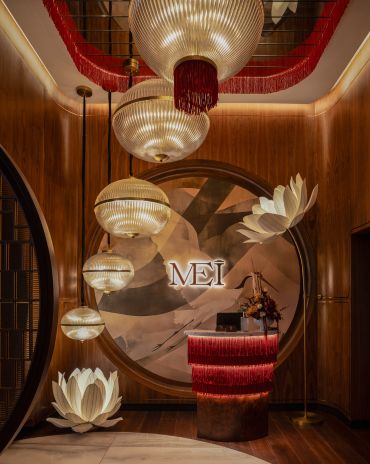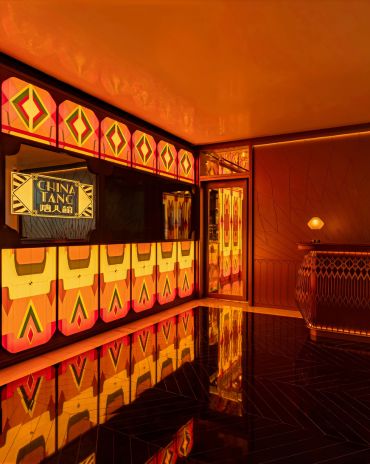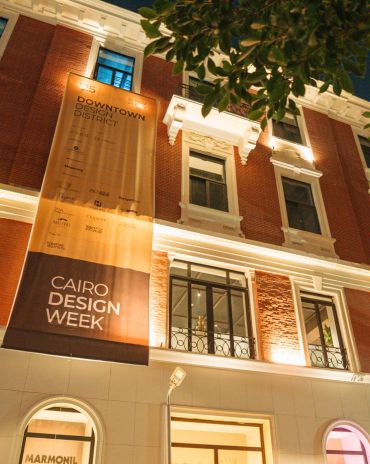Copyright © 2025 Motivate Media Group. All rights reserved.
Abreham Brioschi is investigating objects of cultural and traditional significance to create seating that is both soulful and functional
Italian-Ethiopian product designer seeks inspiration from his culture and traditions as well as the essentiality of African design
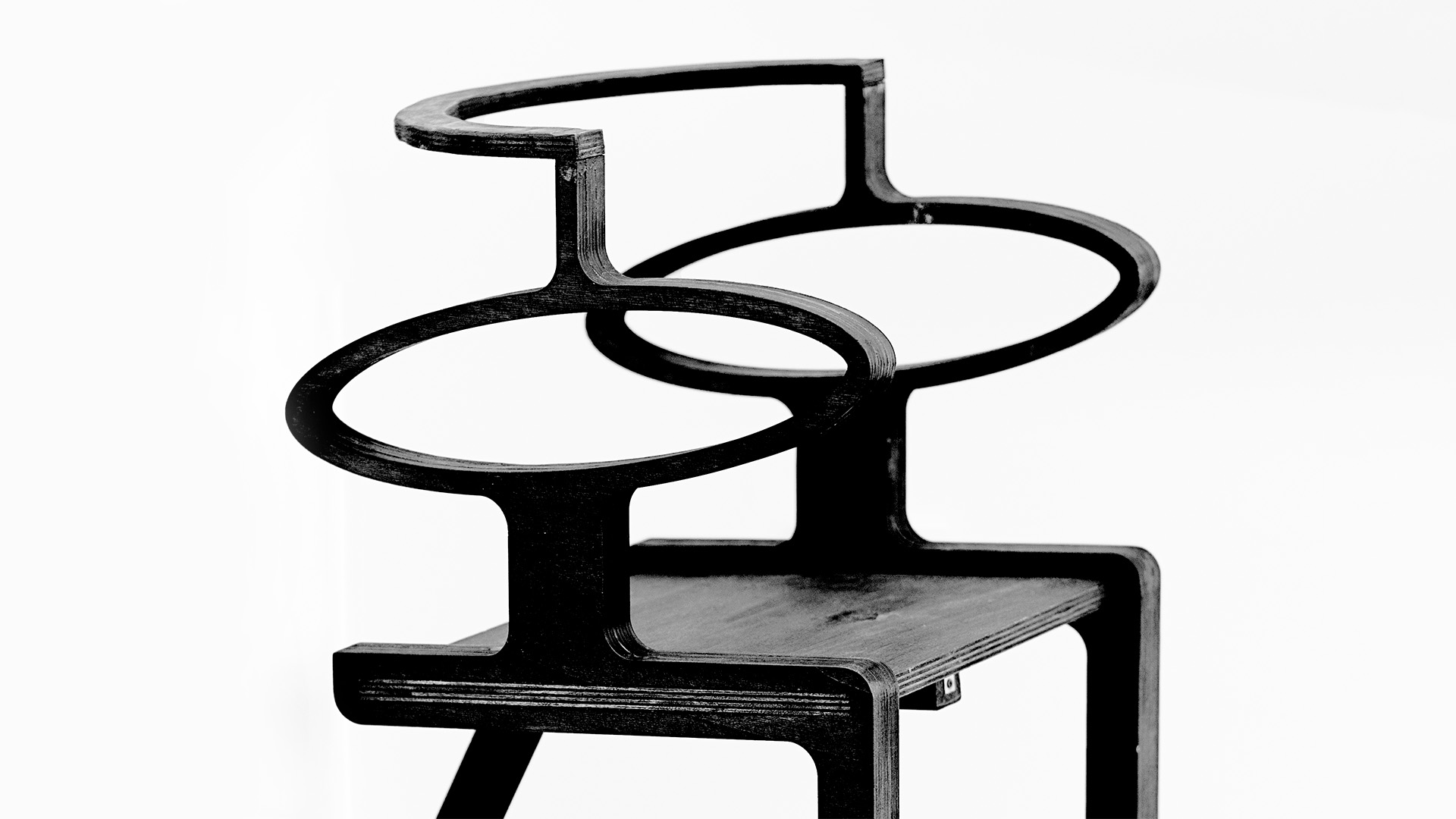
Design is what most connects me to my roots,” says Italian-Ethiopian product designer Abreham Brioschi. “My goal is to give importance to traditional and cultural details that are disappearing. Design is not something complicated or difficult to understand. It starts from the earth, from people, from places, from [our] perspectives. When I create, I only trust my intuition. What comes later is just the result of the experiences I have had.” Brioschi graduated from the Academy of Fine Arts (NABA) in Milan, where he grew up and is currently based, with a degree in Product Design. Ever since, he has been developing his collection of chairs; some of which were exhibited at Salone del Mobile earlier this year.

His designs seek inspiration from Ethiopian culture and traditions as well as the “essentiality of African design”, which acts as the starting point for all his projects. “In African design…each piece has an inner soul and is made with care and raw materials that make one feel closer to the earth,” Brioschi describes.

It is fitting then that the designer chooses wood for all his designs – a material that holds a strong sense of admiration and nostalgia. “I grew up in Milan, but my parents had a small house on Lake Garda with a garden where my childhood and much of my adolescence was spent building arches and other small things using different types of [tree] branches,” he shares. “I love wood,” Brioschi continues. “To me, it is an emotional, living material and it also conveys to me a sense of tranquillity. In the physical approach of the material, wood also helps me in the realisation of the many prototypes which I make in my small basement; it makes me a lot more aware of the limits of the material.”

Wood also bears witness to the art of African sculpture – a medium that strongly inspires Brioschi’s work – in addition to being abundant in the regions of northern Italy, where his pieces are created by carpenters using handcrafted techniques, with the help of machinery and advanced technology for more complex cuts.
The Burgui collection was born from a desire to link historical and cultural elements from Ethiopia with a “technological present, and an eye towards the future”. The Chenfér chair, on the other hand, features curved forms inspired by the labial discs used by the women of the Mursi tribes in southern Ethiopia as a symbol of beauty and female pride.
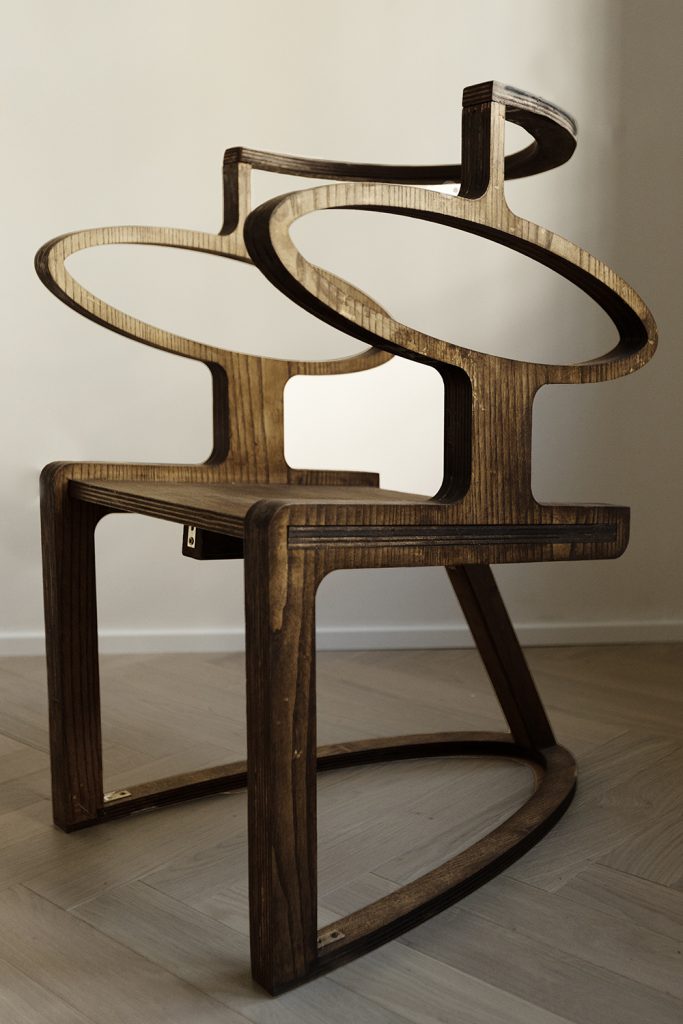
Similarly, the Lefleté chair takes inspiration from the traditional Ethiopian headrest: wooden objects used for the purpose of safeguarding hairstyles during sleep while also possessing symbolic and social value. “The aim of the collection is to communicate the vision of African design, which is about essentiality but also loaded with symbolism and identity, offering a new and innovative look,” Brioschi describes. The designer adds that much of African design is based on what is necessary and functional to use while, contrastingly, a lot of contemporary design from the West is focused on aesthetics and “outward harmony”.
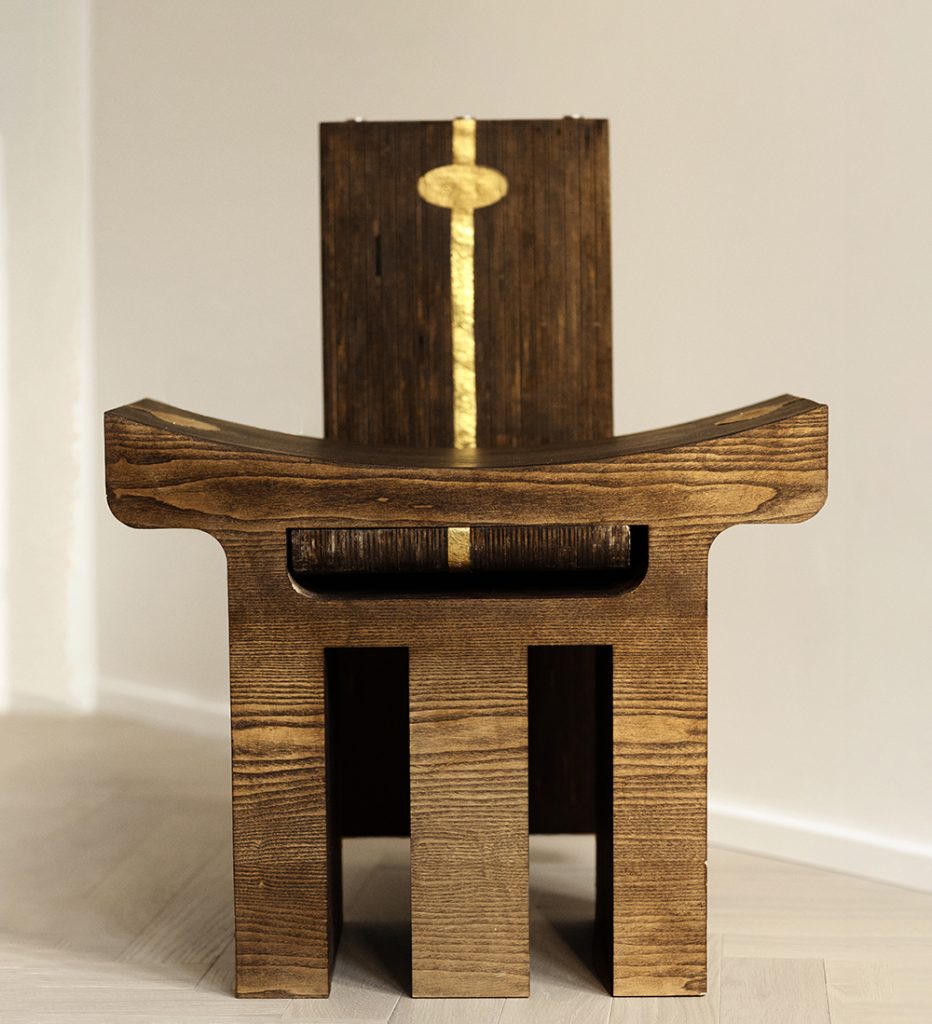
“My goal was to propose a useful and usable product that is not relegated to an aesthetic, but with a cultural soul, thereby creating practical products that are a synthesis of identity and design,” he concludes.

The Latest
A New Standard in Coastal Luxury
La Perla redefines seaside living with hand-crafted interiors and timeless architecture
Things to Covet
Here are some stunning, locally designed products that have caught our eye
An Urban Wadi
Designed by Dutch architects Mecanoo, this new museum’s design echoes natural rock formations
Studio 971 Relaunches Its Sheikh Zayed Showroom
The showroom reopens as a refined, contemporary destination celebrating Italian craftsmanship, innovation, and timeless design.
Making Space
This book reclaims the narrative of women in interior design
How Eywa’s design execution is both challenging and exceptional
Mihir Sanganee, Chief Strategy Officer and Co-Founder at Designsmith shares the journey behind shaping the interior fitout of this regenerative design project
Design Take: MEI by 4SPACE
Where heritage meets modern design.
The Choreographer of Letters
Taking place at the Bassam Freiha Art Foundation until 25 January 2026, this landmark exhibition features Nja Mahdaoui, one of the most influential figures in Arab modern art
A Home Away from Home
This home, designed by Blush International at the Atlantis The Royal Residences, perfectly balances practicality and beauty
Design Take: China Tang Dubai
Heritage aesthetics redefined through scale, texture, and vision.
Dubai Design Week: A Retrospective
The identity team were actively involved in Dubai Design Week and Downtown Design, capturing collaborations and taking part in key dialogues with the industry. Here’s an overview.
Highlights of Cairo Design Week 2025
Art, architecture, and culture shaped up this year's Cairo Design Week.

